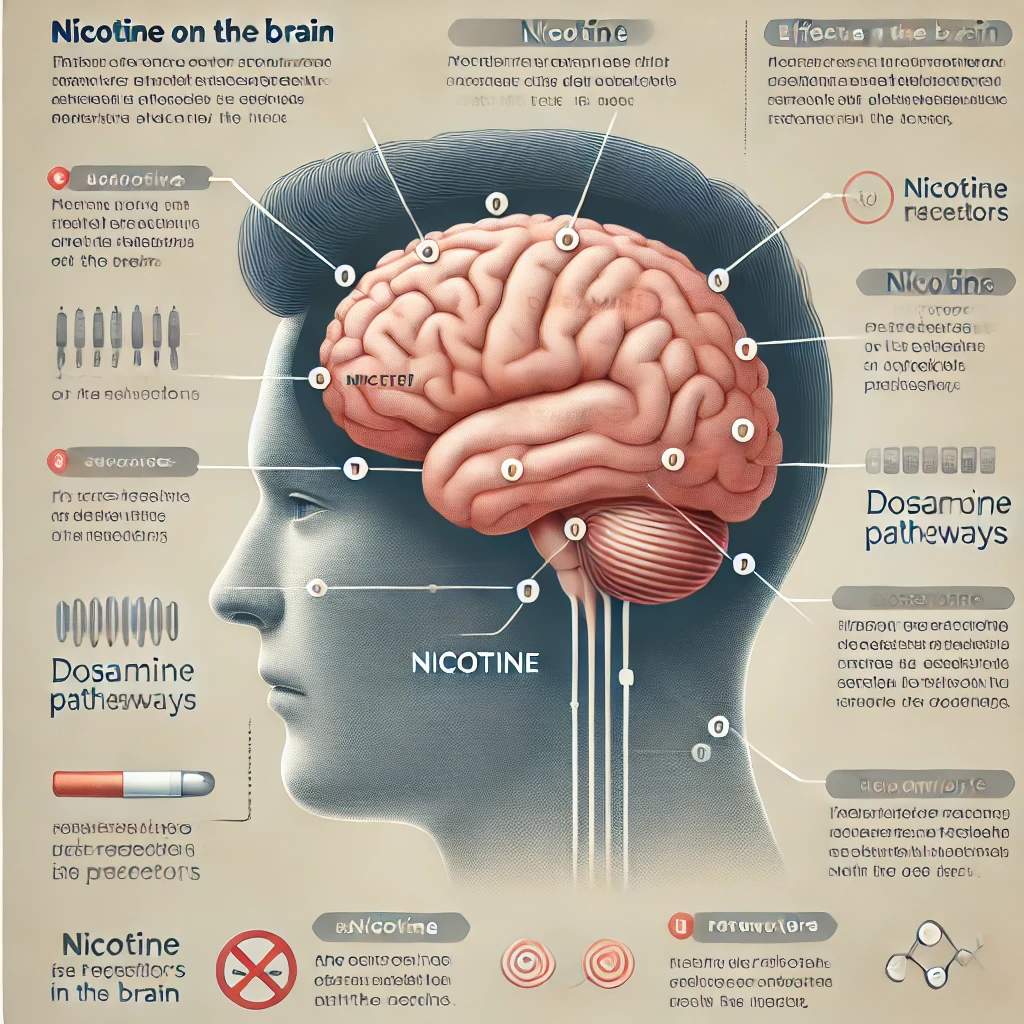GOTSMOKES.CO
- Canadian Cigarettes at Unrivaled Prices!
- Hassle-Free Shopping, and Prompt Delivery
- Comprehensive, Authentic and Competitive

Nicotine is one of the key components that defines the smoking experience, but how much nicotine is actually in an average cigarette? For smokers, understanding nicotine levels is essential for making informed choices about their consumption. Whether you’re a seasoned smoker or someone looking to quit, knowing the facts about nicotine content can help you better understand its effects on your body and your habits.
In this article, we’ll explore how much nicotine is typically found in a cigarette, how it varies by brand and type, and what this means for your health.
Nicotine is a naturally occurring chemical found in tobacco plants. It’s the primary ingredient responsible for the addictive nature of smoking. When inhaled, nicotine quickly enters the bloodstream and reaches the brain, triggering the release of dopamine—a chemical associated with pleasure and relaxation.
While nicotine itself isn’t the primary cause of the health risks associated with smoking, it plays a significant role in maintaining the habit, which can lead to exposure to harmful substances found in cigarette smoke.
The nicotine content in an average cigarette typically ranges from 10 to 12 milligrams per cigarette. However, not all of this nicotine is absorbed by the body. When you smoke a cigarette, you typically inhale about 1 to 2 milligrams of nicotine, depending on factors like how deeply you inhale and the cigarette’s design.
Here’s a breakdown of how nicotine levels can vary:
The amount of nicotine you absorb from a cigarette can vary based on several factors:
While exact nicotine levels can vary, here are some general trends among popular cigarette brands:
Nicotine’s addictive nature lies in how it interacts with the brain. When inhaled, nicotine reaches the brain within seconds, creating a rapid dopamine release. This “reward” reinforces the habit, making it difficult for many smokers to quit.
However, understanding nicotine levels can empower smokers to make informed decisions. For example:
While nicotine itself is less harmful than the many toxic chemicals in cigarette smoke, it’s still not without risks:
Understanding how much nicotine is in an average cigarette is a crucial step toward making informed choices about smoking. While the average cigarette contains 10–12 mg of nicotine, the amount absorbed by your body depends on various factors, including smoking habits and cigarette design.
For those looking to manage their nicotine intake or quit smoking altogether, awareness of these details can guide better decision-making. Whether you’re considering cutting back, switching to alternatives, or exploring quitting entirely, knowing the facts about nicotine can help you take control of your smoking habits.